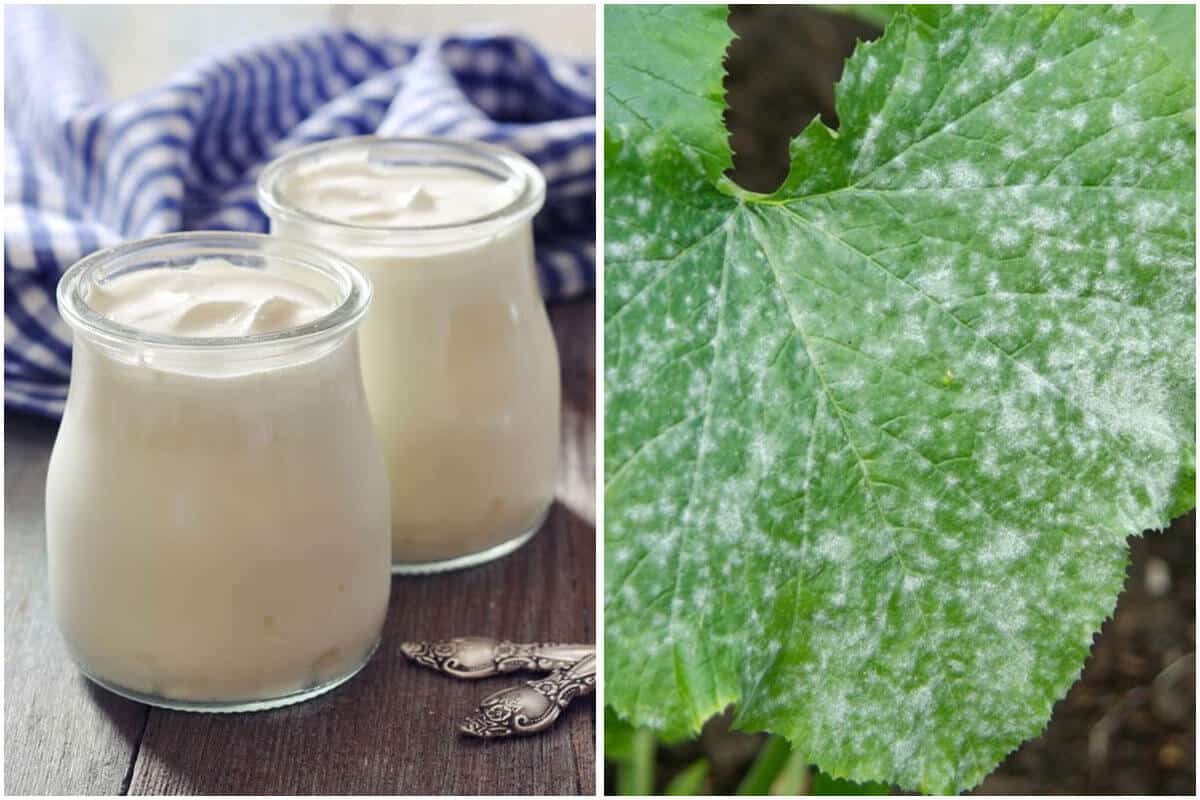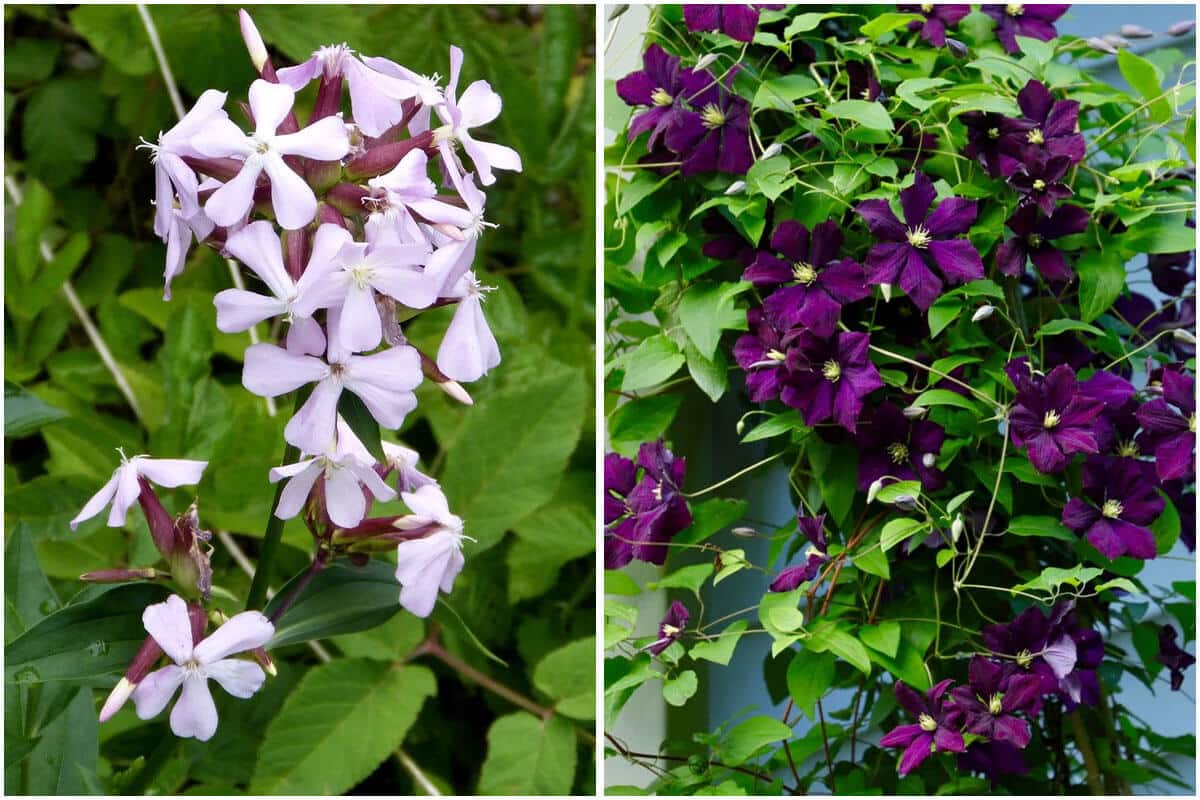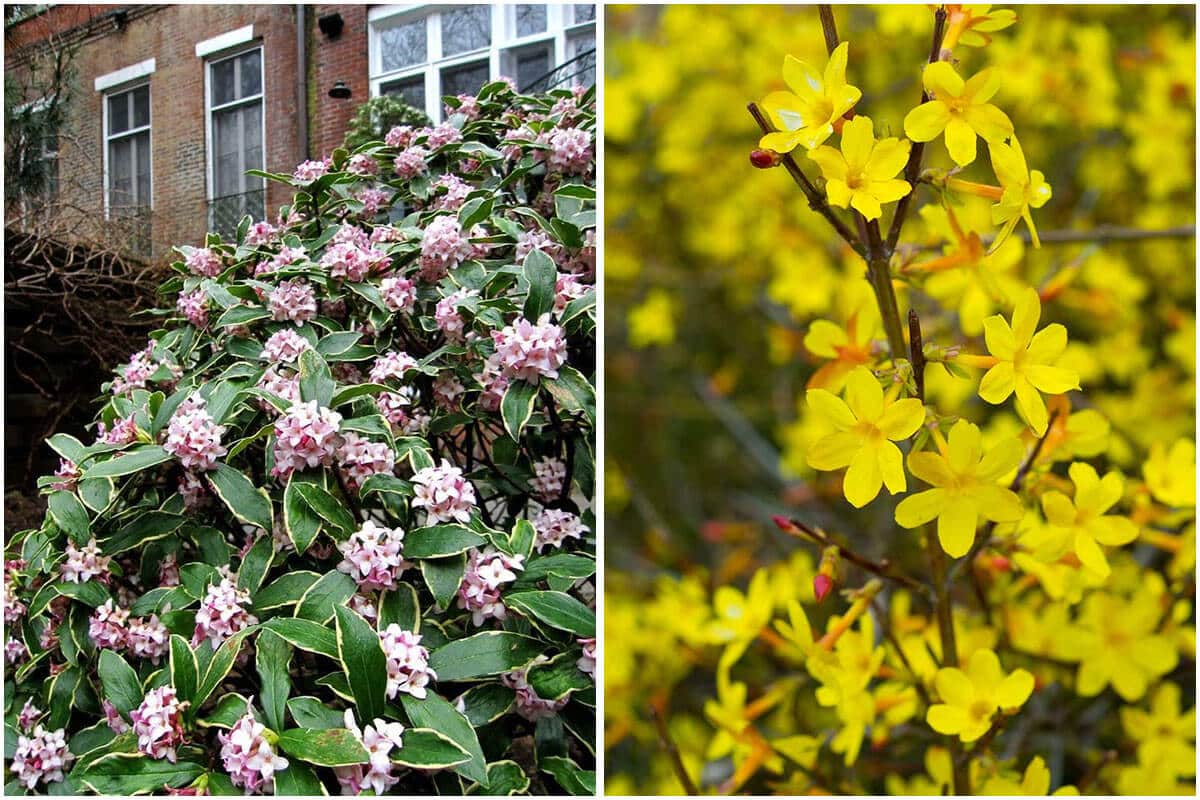With summer in full swing, it is a great time to admire the yards and gardens around town that are filled with greenery and colorful blooms. If you are finding plants for your yard that is too dry, too shady, or have sandy soil. The article has great options you will fall in love with. And here are the 12 Tough Outdoor Plants that will thrive in even the least plant-friendly spaces.
These plants are tough and sturdy, they also are beautiful too. Whether any harsh conditions including heat, wind, cold weather, drought, and so on and so far, they can tolerate all. If you want to have a garden that survives all seasons of the year, you should definitely opt for some of these plants. Growing them in your properties not only helps you enjoy their natural beauty but also makes sure that the time you spend on gardening is not a waste of time. With these impossible-to-kill plants, there’s no reason to let a dry, low-light space stop you from creating a showstopping backyard, right? Keep reading to know more about them!
#1 Daylily
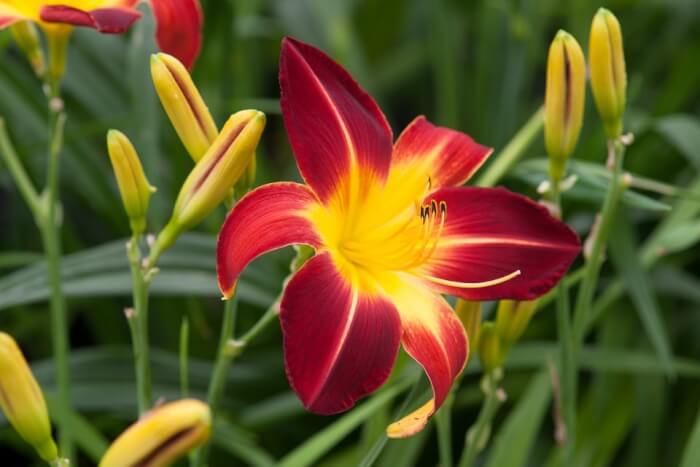 Source: Gardenersworld
Source: Gardenersworld
Daylily prefers full sun for its best growth, while darker varieties may benefit from afternoon shade to prevent sunscald. Give it deep watering during summer.
#2 Sedum
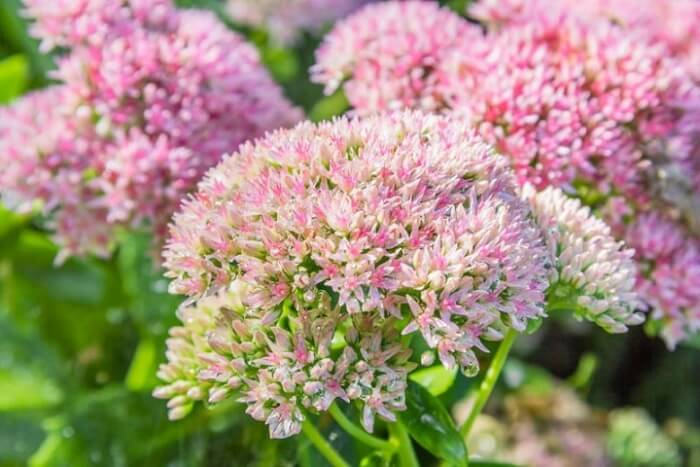 Source: Gardenia
Source: Gardenia
Sedum is a tough and invasive plant. This plant survives for many years as stonecrops without any watering, dividing, mulching, or deadheading. If you want to grow this plant, let’s start with the wildly popular ‘Autumn Joy’ variety, which produces nectar-rich pink flower clusters at the end of summer.
#3 Catmint
 Source: Ft
Source: Ft
Catmint is a great herb and also is a stunning perennial plant. Its lovely grayish-green foliage complements the informal border. Throughout the summer months, the plant displays nectar-rich violet blooms that attract bees.
#4 False Indigo
 Source: Kitcheninfinity
Source: Kitcheninfinity
False Indigo brings beautiful blue blooms to add charm to any garden. Also, there are other colors such as white, yellow, and purple hues.
#5 Dead Nettle
 Source: Gardenia
Source: Gardenia
Dead Nettle tolerates shade and drought to keep blooming ground cover down. early in the spring, variegated or silver leaves emerge, and snapdragon-like purple or white blooms soon follow. It spreads quickly by shallow-rooted runners.
#6 Lamb’s Ear
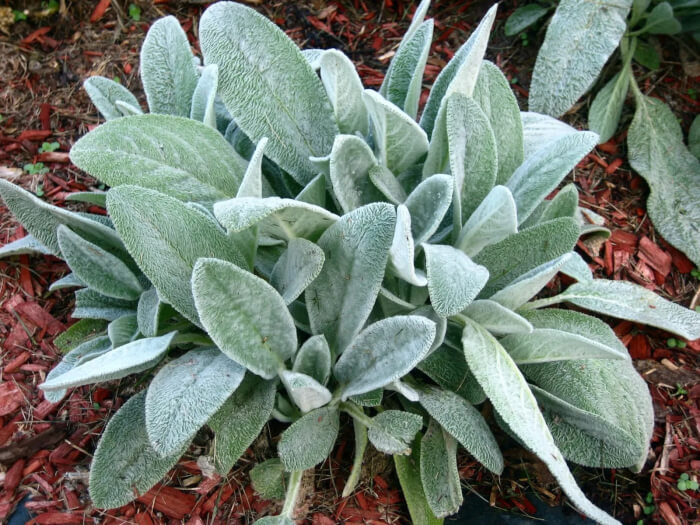 Source: Sylvangardenslandscape
Source: Sylvangardenslandscape
Lamb’s Ear grows happily in full to partial sun and is drought tolerant. It showcases its beauty with silvery leaves. The lavender spikes aren’t showy, but bees love them.
#7 Daffodils
 Source: Almanac
Source: Almanac
Daffodils are one of the easiest to grow plants that you can casually scatter here and there in your landscape and then look like a garden genius forever after each spring as your flowers multiply. Don’t need to care they also grow best and peak performance.
#8 Bee Balm
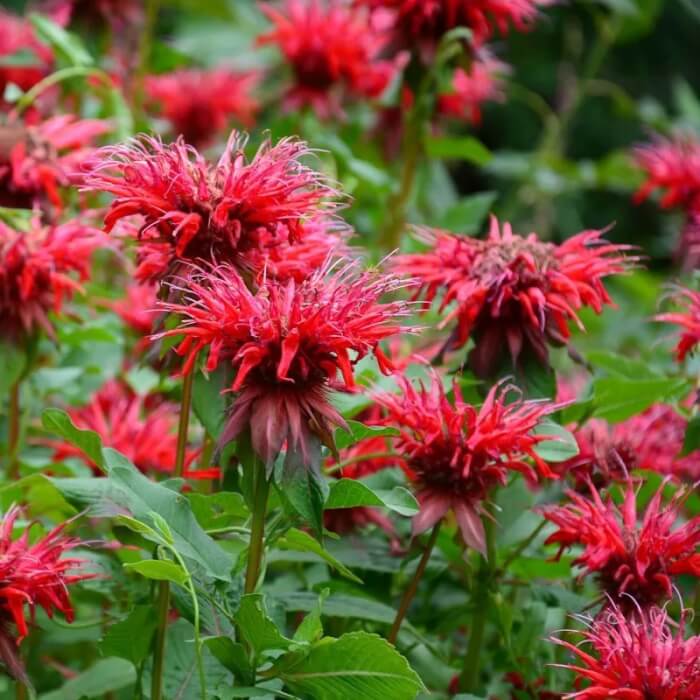 Source: Highcountrygardens
Source: Highcountrygardens
Bee Balm can tolerate drought and a wet spot in the garden. The plant grows about 3-foot tall clumps feature blue, pink, red, or white flowers that attract butterflies and hummingbirds.
#9 Lady’s Mantle
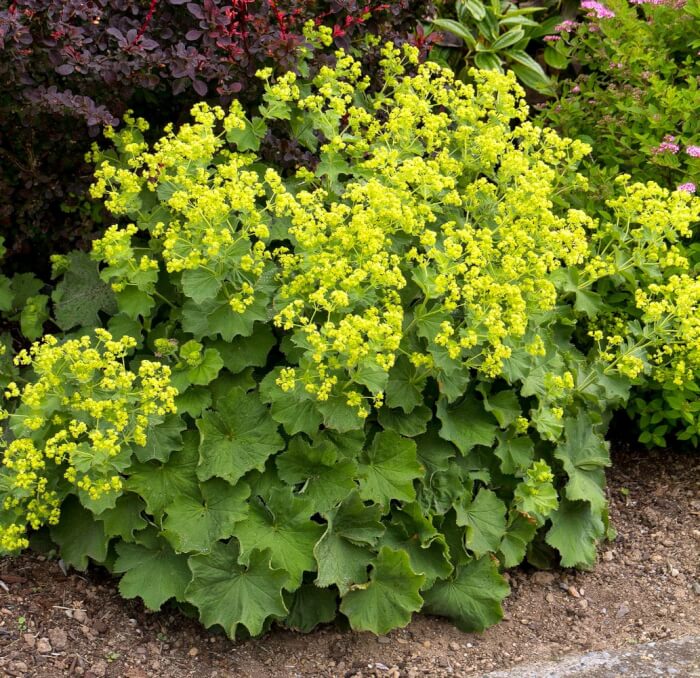 Source: Walmart
Source: Walmart
Lady’s Mantle is a tough plant that can easily deal with hard environments such as shade, dry soil, and competition for nutrients. It often self-seed prolifically, which you can allow to expand your collection or prevent with a few minutes of deadheading after blooming.
#10 Russian Sage
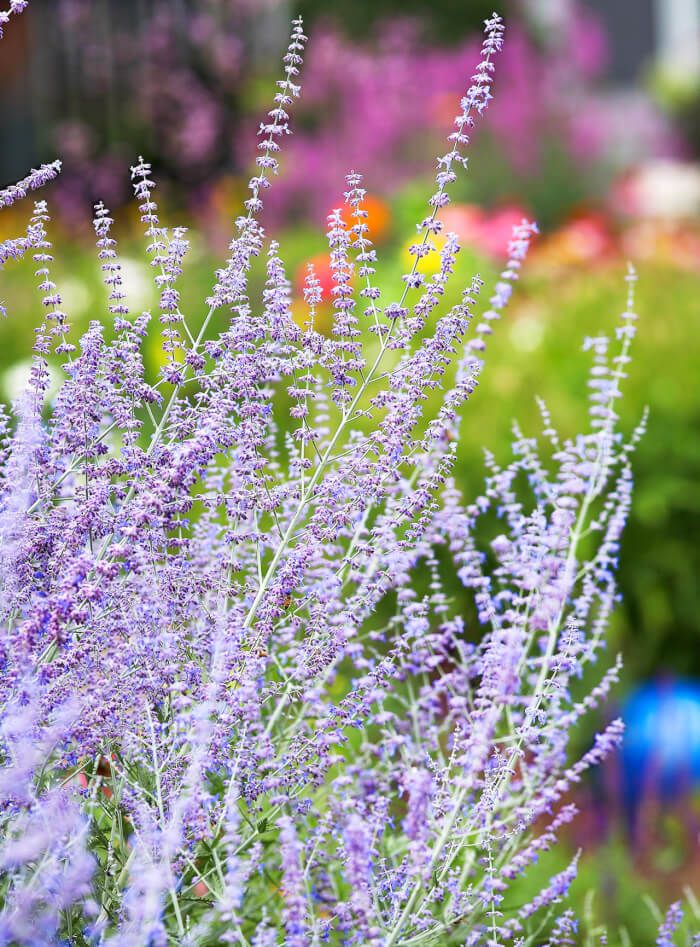 Source: Bhg
Source: Bhg
Russian Sage is a tough perennial that can handle new construction, the topsoil is stripped away, and the rubble. It requires full sun for healthy bloom production.
#11 Butterfly Bush
 Source: Gardeningknowhow
Source: Gardeningknowhow
Butterfly Bush grows well in full sun and in average soil. Cutting plants back in early spring to encourage healthy branching. The plant offers long flower panicles that are comprised of many individual blooms, each with a rich store of nectar attracting butterflies.
#12 Feather Reed Grass
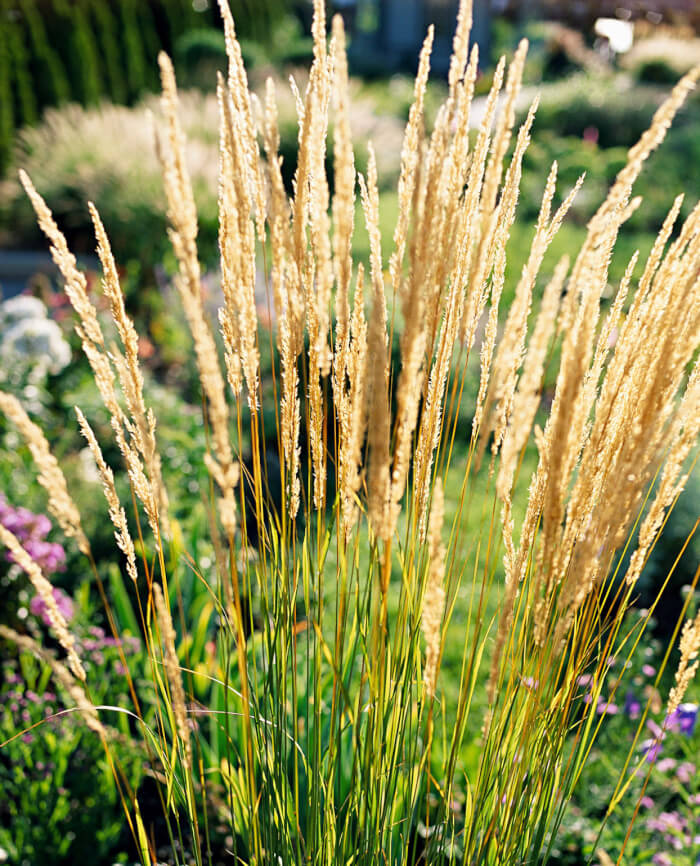 Source: Bhg
Source: Bhg
Feather Reed Grass is a great choice for lazy gardeners as its easy-to-grow properties. It can survive a range of pests and weather conditions. The deep roots of feather reed grass make it adaptable to wet and dry soils, and it grows just fine in lean soils, requiring no fertilizer.



